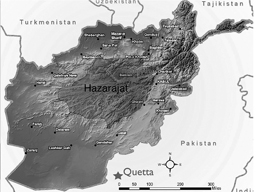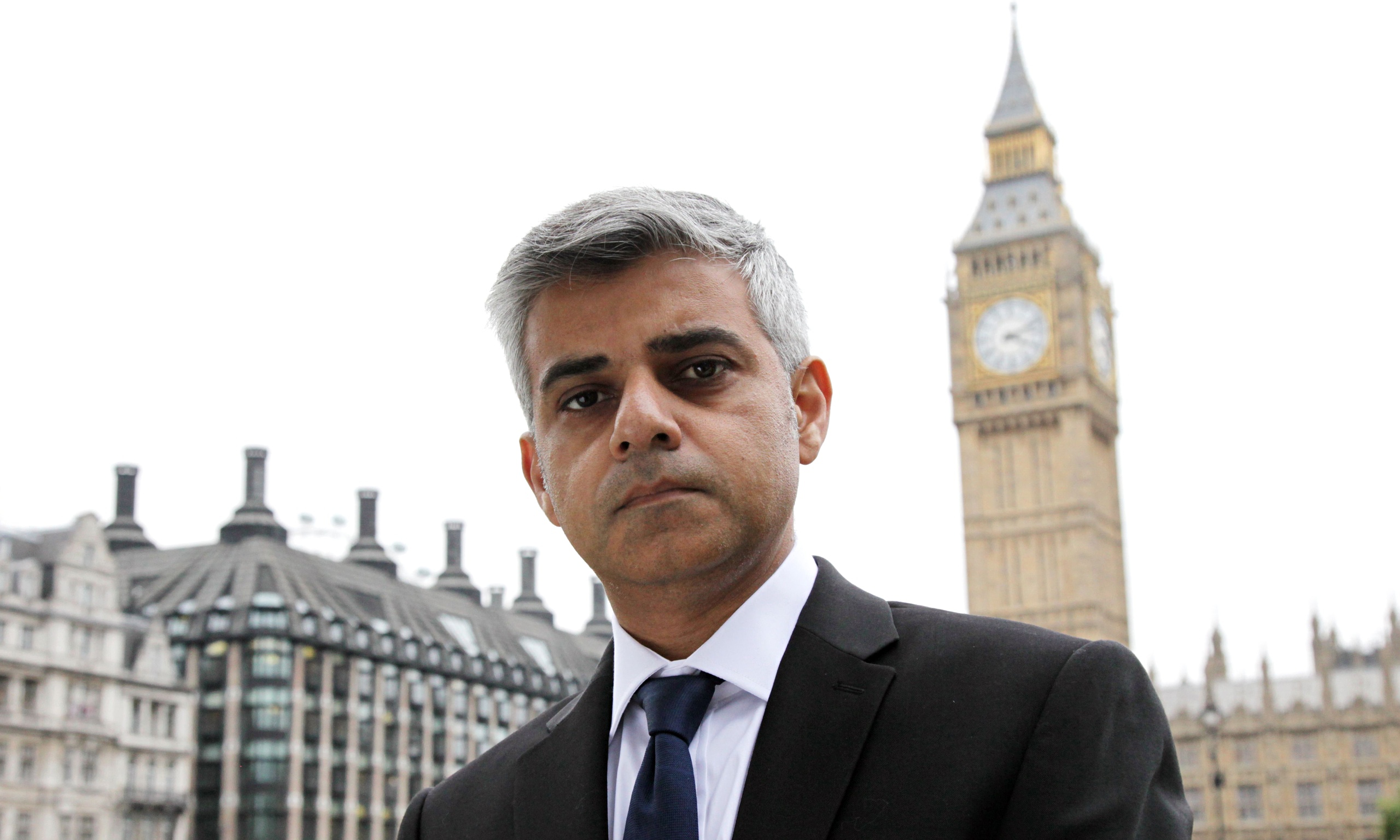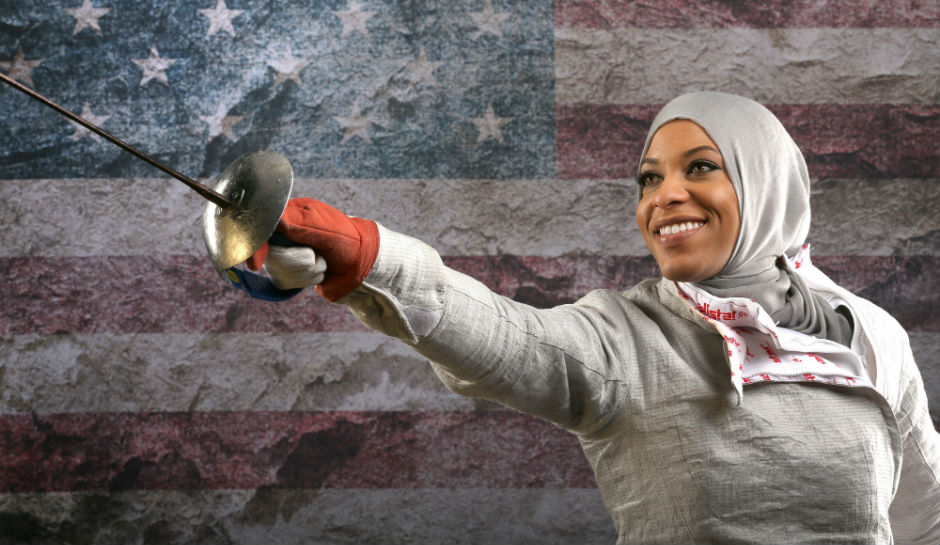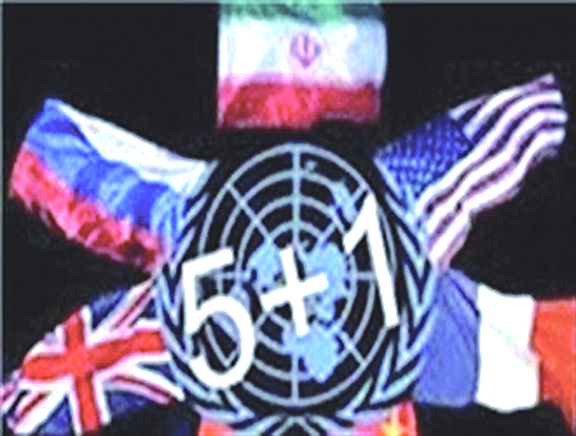December 06-2013

The Shia population of Afghanistan, generally estimated at 15 to 20 percent of all the people of Afghanistan, for long was the country’s most downtrodden. But now that appears to be changing.
The majority of the nation’s Shias are members of the Hazara minority, who occupy the center of the country geographically but for decades were shunted to the fringes politically and excluded from political and military posts.
“They had no power until now. Whether it’s for good or bad, they now can do things like this,” Farooq Faizi, a 30-year-old journalist, told Al-Jazeera news for a special report that Al-Jazeera carried on the status of the Hazara today.
In 1993, during the Afghan civil war, forces led by Abdul Rasul Sayyaf—who had ties to Osama bin Laden, and who is running for the Afghan presidency in the elections to be held next year—were accused of kidnaping and killing Hazara in Kabul’s Afshar district. Investigations into what has come to be referred to as the Afshar Massacre found that dozens were killed, and up to 750 more people in the predominantly Shia district disappeared after being kidnapped by Sayyaf’s forces.
Hazara leaders and groups such as Hezb-i Wahdat—a party seen as the chief political voice of the Hazaras—were also accused of human rights abuses during the civil war that often targeted ethnic Pashtuns in Kabul.
Under the rule of the fiercely anti-Shia Taliban, Ashura commemorations were forbidden, and the country’s Shia population kept a low profile. In January 2001, the Taliban were accused of massacring more than 170 Shia civilians in Bamiyan province, the center of Shia life and history in Afghanistan.
Today, however, Al-Jazeera said Hazara and Shia politicans have become more power-ful. Karim Khalili and Mo-hammad Mohaqeq—both members of Hezb-i Wahdat—are serving as second vice president and a leading opposition figure respectively. Several leading candidates in Afghanistan’s upcoming presidential elections have chosen running mates from Shia groups.
The Hazara have some protection by being active in rival political parties.
With each passing year, the people of Afghanistan becoming increasingly familiar with the traditions of Ashura, Mohammad Jafar Samiri, a mullah in Herat, told Al-Jazeera. Though he called this year’s gathering a success, Herat residents noted that last Wednesday’s Ashura march was smaller than in recent years.
The relatively small turnout may be a lingering effect of a 2011 attack on Ashura commemorations in Kabul, which killed 63 people and injured more than 160. Since then, stringent security measures have been taken to protect worshippers.
Lashkar-i Jhangvi, a hardline Sunni group in Pakistan that has issued threats against all Shias, took credit for the attack—an example of what Samiri and other attendees called foreign intrusions into Afghanistan. ”We Afghans have no difficulties among ourselves. We know our own brothers would never do such a thing,” said Zafar Afsari, who has lived in Herat for 15 years.
Meanwhile, some Sunni Afghans say they suspect that predominantly Shia Iran is behind the increased prominence of the Ashura events in Afghanistan. Herat is located near Afghanistan’s western border with Iran.
Though he did not give any evidence for his claims, Mir Farooq Hosseini, who described himself as the spokesman for Herat’s Sunni religious institutions, said, “Each black flag [of Ashura mourning] is reflective of Iran’s evil intentions in Afghanistan.”
For his part, Samiri said outside powers should not be given the ability to break the unity of the Afghan people. “We must enhance our awareness of ourselves—that we are a unique nation with our own policies and people.”
Iran has long seen itself as the protector of the Hazara, though there was little it could do during the 20 years of Soviet occupation and civil war. Any help Iran can give is viewed suspiciously by the majority of Afghans who do not see Iran pursuing the best interests of the country. Many Hazaras understand that and prefer to keep some distance from Iran.























